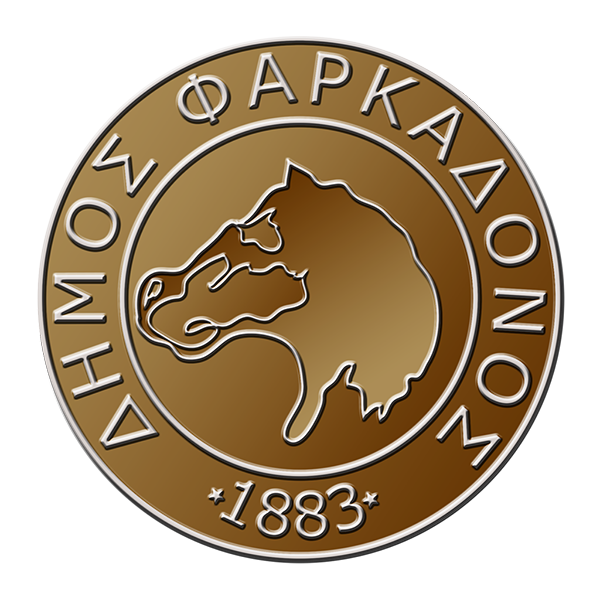Based on an epigraphic find, the ancient city of Atrakos or Atragos (Atrax) is located in the place where today’s Pineiada is located. The exact boundaries of the ancient city are located between Kastri and Pefkia on the Titanos or Dovrutsi rocky mountain.
It was located on the borders of the ancient quadrats of Pelasgiotida and Estiaiotida, which coincide with the current borders of the Prefectures of Larisa and Trikala. The city controlled the narrow pass created by the mountains of Zarkos in the north and Mount Titanos in the south through which the Pineus enters the eastern Thessalian plain. In ancient times, the river bed was 3 km north of today’s, while nowadays it approaches the ancient city and its extensive Hellenistic and Roman cemeteries, “cutting” in many cases ancient remains.
Founder of her, according to the legend, was Lapithis Atrax,son of Pinios and Vouras and must have built the city in the 2nd millennium BC. There is also the opinion that the city may have taken its name from the homonymous tributary Atragas, which existed in the area of Pelasgiotida and flowed into the Pinios river.
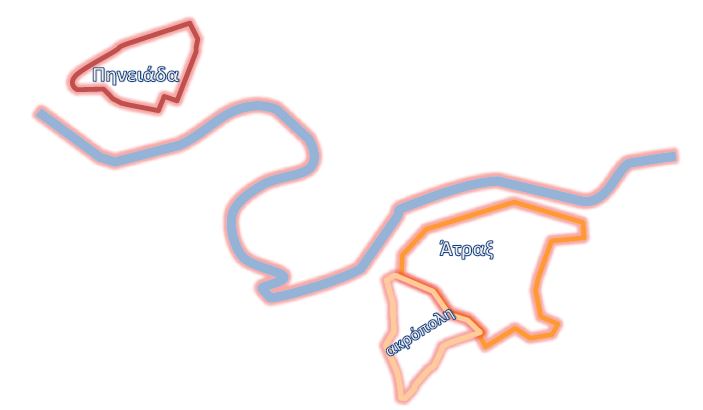
Architectural and structural elements of the city
Initially the city covered the slope of the hill and was developed in superimposed hills. It seems that the city was surrounded by a wall that descends the eastern and western slopes of the hill forming a kind of triangular fortification, the main gate of which survives at the northern end, near the river.
At the southern and highest point of the hill, a smaller triangular fortification is created, which forms the acropolis, with a strong tower on top (south) and a gate between towers (north) for communication with the city. This fortification is considered to have been built in the 5th century. e.g. and is referred to as polygonal, although it does not differ substantially from the dominant irregular trapezoidal masonry of the rest of the fortification.
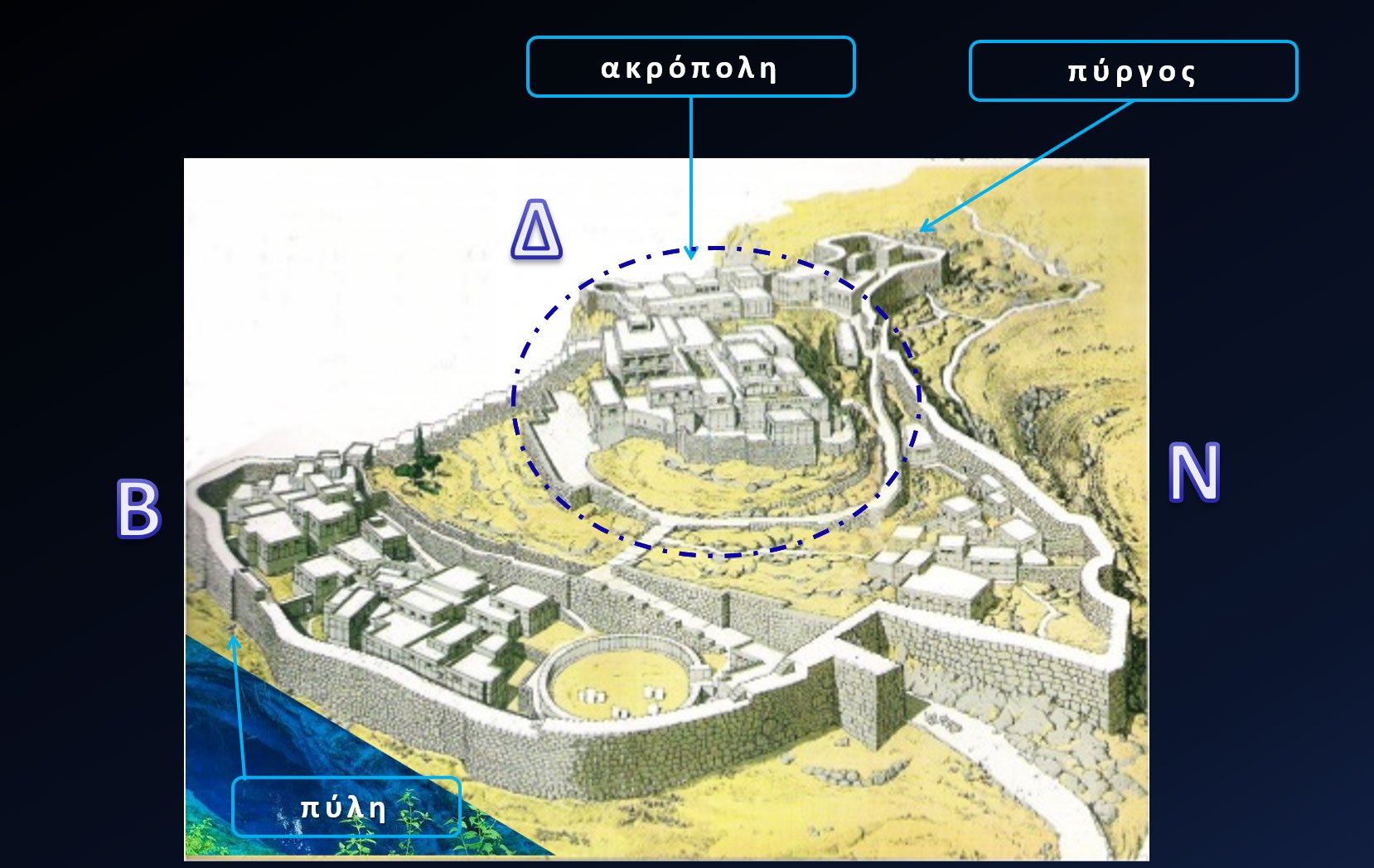


In the following century and apparently under the care of the Macedonians, the city walls were rebuilt and perhaps strengthened with dentils in place of towers, while at the same time or shortly afterwards the city expanded towards the east. Here, based on the movable findings, should be placed the market, sanctuaries and probably the theater of the city of Hellenistic times.
A corresponding extension to the west is not considered possible and the dispersion there should be attributed to extra muros residential remains. The course of the older collapsing wall, with minor deviations, was followed by the later Byzantine one, which survives up to a height of 6 m. It is constructed of mudstone construction and the reuse of ancient building material with mortar.


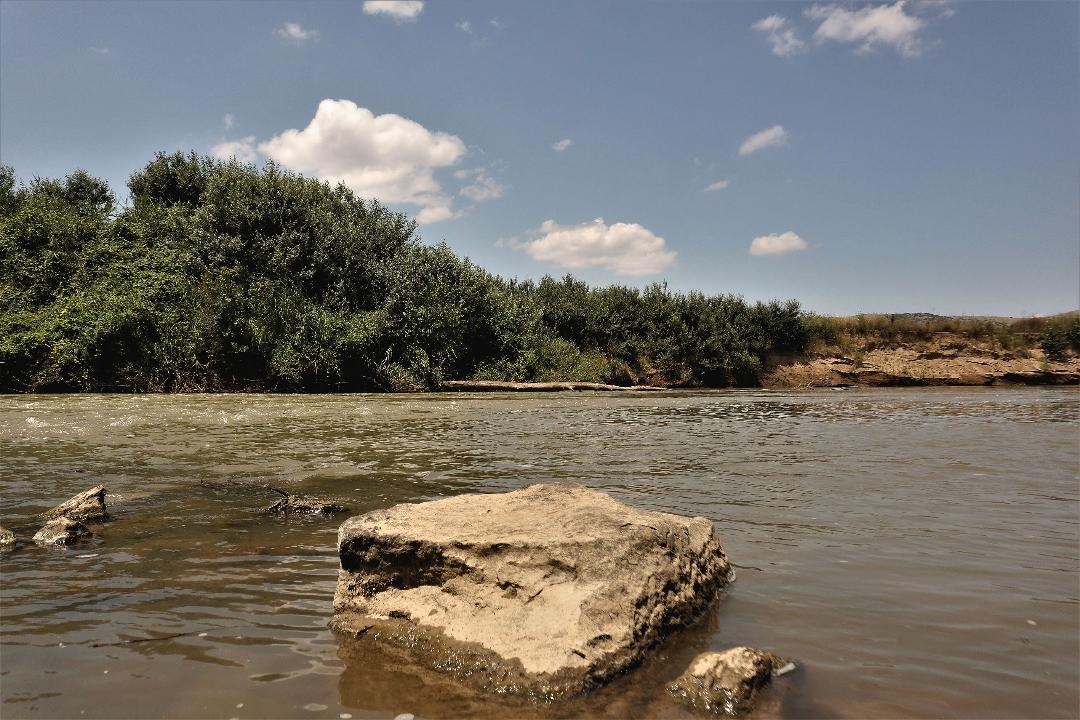
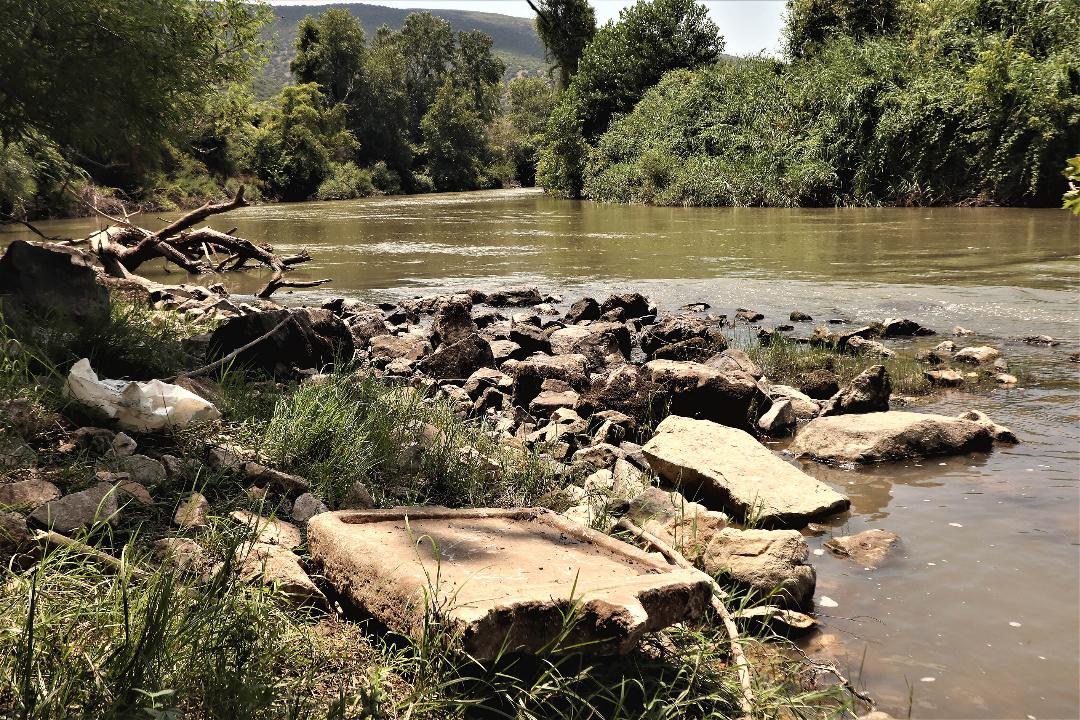
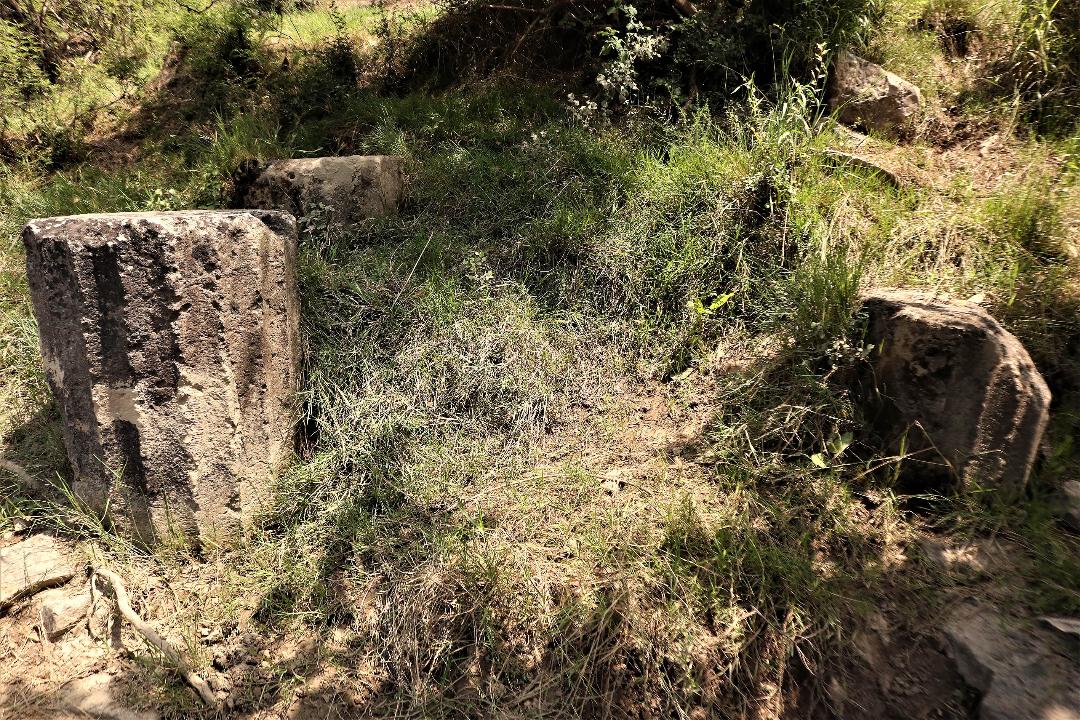
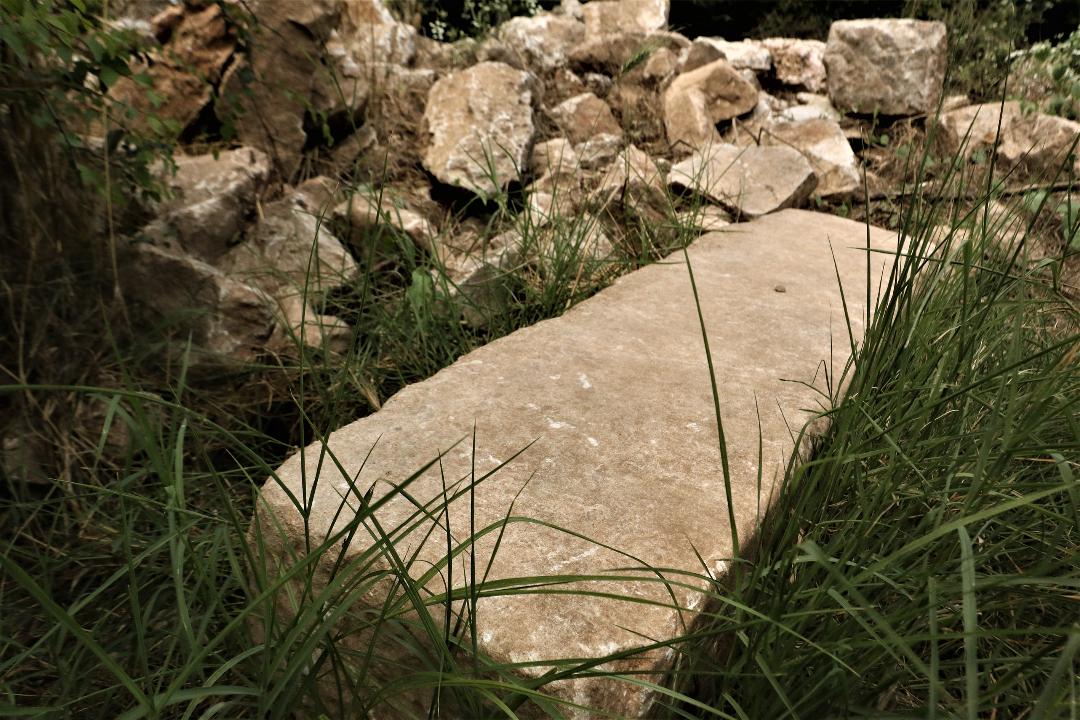
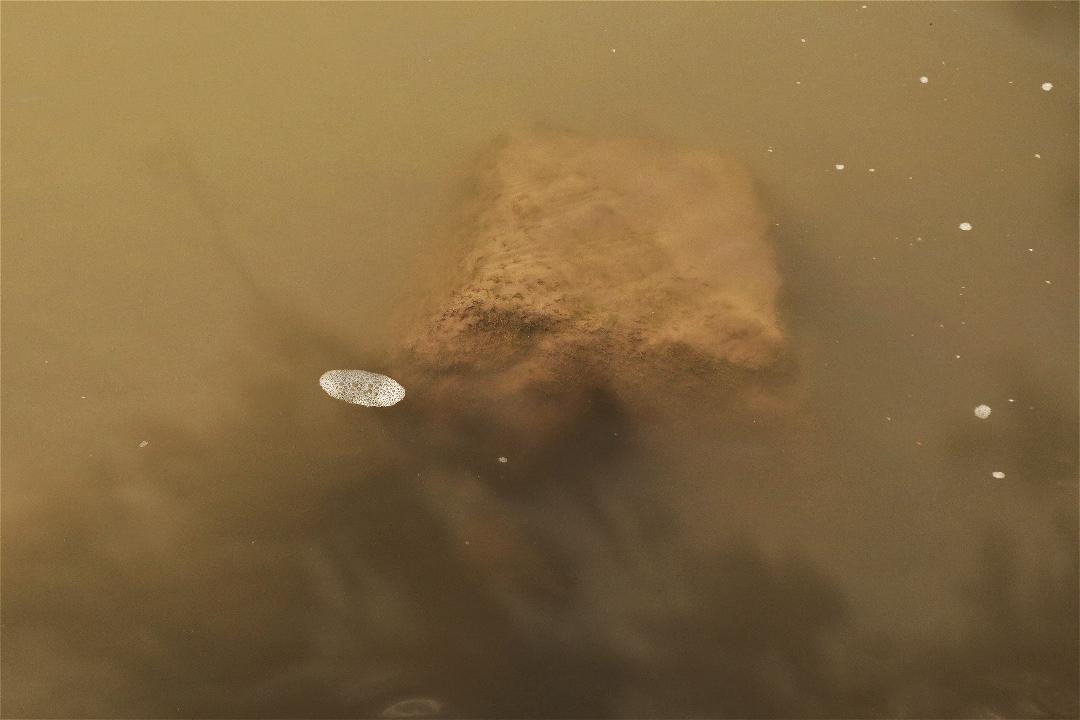
The historical route of the city
It was a strong and important ancient state. Administratively, Atrax belonged sometimes to Estiaiotida, sometimes to Pelasgiotida and sometimes to Perraivia. The presence of Atragas in Thessalian things is strong, mainly from the 5th BC. century to the 2nd BC century. At the beginning of the 4th c. e.g. cuts coins:
Α. silvers/triobolas and obolos
– with head of nymph and horse
B. and copper
– with head of Apollo
– or with a bearded man’s head (Atrax)
– or with head of nymph and horse
– or horseman or bull.
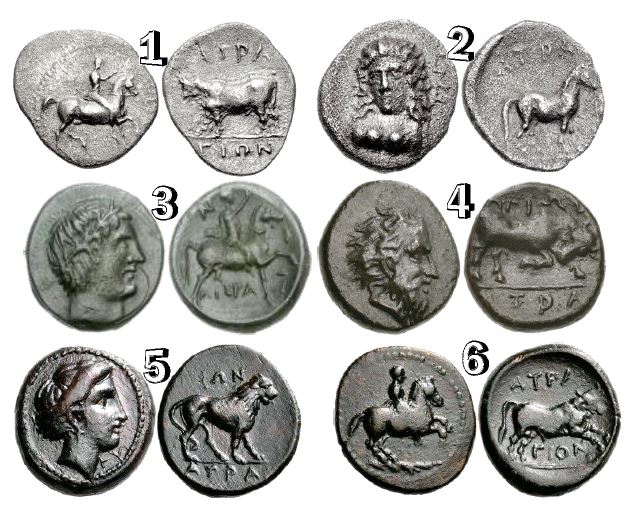
Description:
1. silver tribulus
2. Silver obelisk with head of nymph and horse
3. bronze coin with head of Apollo
4. copper coin with the head of a bearded man (Atrax)
5. bronze coin with the head of a nymph and a horse
6. bronze coin with horseman and bull.
In the first half of the 4th c. e.g. Atrax, together with Larissa and other cities, followed an anti-Pharaean policy against the yoke of the tyrants of the Pherae, from which it was freed after the intervention of Philip II, who installed a garrison there to control the passage from Larissa to Trikki.
During the period of Macedonian rule, Atrax flourished. In 198 BC, the city with the presence of Macedonian soldiers repels the attack of the Roman emperor Titus Flamininus. A few years later, in 191 BC, as a now Roman fortress, it repels the forces of Antiochus III of Pergamum.
Antiochus III the Great was a Greek king of the Seleucids46. In the Autumn of 192 BC, Antiochus arrived in Greece, at the head of a rather small army (about 10 to 12,000 men and a few elephants). He lands in Thessaly in order to fend off the Romans. Advancing, he invaded the interior of the Thessalian plain. Arriving at Krannona, he occupied it immediately upon his arrival. He then entered the western Thessalian plain and similarly occupied the fortified cities of Kierion, Metropolis and all the other fortresses of the wider region except Atragas and Gyrtoni.
For the Roman period we have no written evidence for the city, which continued to exist until the early Byzantine years. After the Roman Empire, Atragas flourished again and in the Byzantine years it was an important settlement only to be lost for good afterwards.
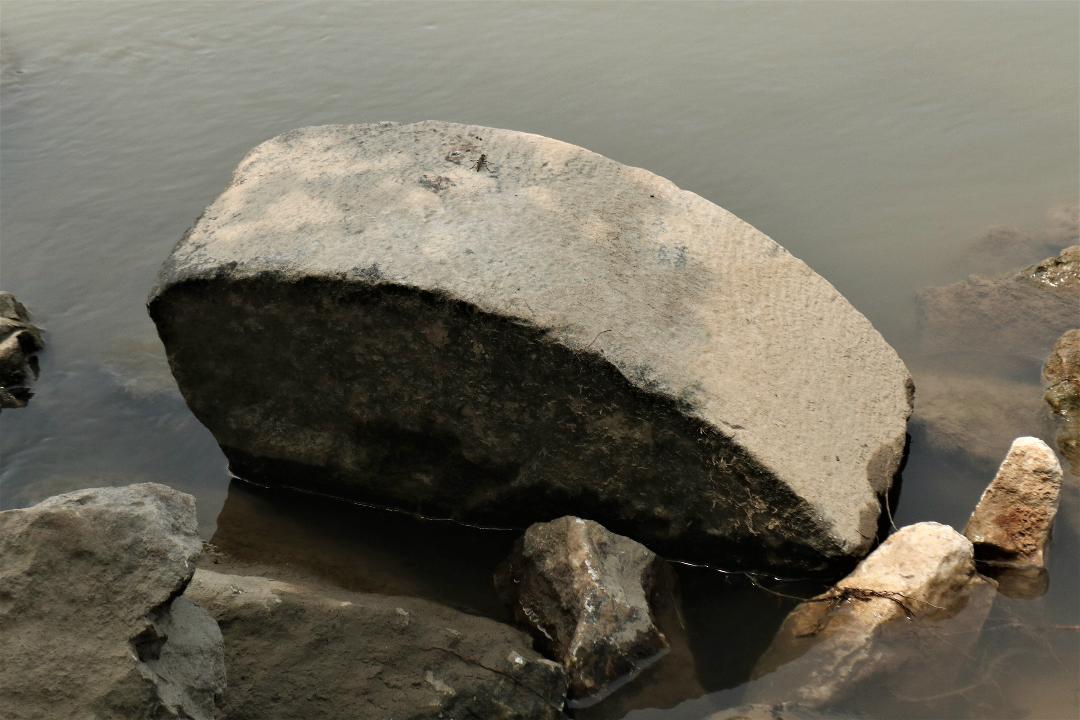
Atrax supplies wheat
Meliboia and Atrax are mentioned in an inscription from Cyrene, a Greek colony in North Africa. According to this inscription, the city of Kyrenia when it planted wheat in the cities of Greece between 335 and 323 BC. sent to the islands and cities of mainland Greece 805,000 medimnus of wheat. Meliboia received 28,500 wheat medinas in two installments (20,000 + 8,500). From all of Magnesia, only the name of Meliboia is mentioned in the list of Kyrenia, while from all of Thessaly, only the names of Larissa (50,000 medimni) and Atragas (10,000 medimni) are mentioned.
Archaeological findings
In Atragas, many architectural marble members from temples, altars and other structures are preserved. Doric style column flywheels are also observed.
Dozens of inscribed funerary and votive marble columns were found.
The first written evidence is an unmetered (in iambic meter) tombstone of the 6th BC. century. The inscription commemorates a certain HYBRISTAS and indicates the burial place of “HYBRISTAS EMINMAMA”.

Another inscription is from the 4th BC. century and is dedicated to the temple of the “Naiad Nymphs”. In other votive columns the worship of “Apollo Agrea”, i.e. Apollo the hunter and “Apollo Heptameus” (protector of every seventh day of the month) was attested. Poseidon, Gi Pantareti, Artemis, Demeter, Asclepius and Omoloios Zeus were also worshiped in the huge archaeological site.
The white marble quarry
The area was famous for its ancient white marble quarries. Finally, the area was famous for the quarries of white marble, the well-known atrakios, which is often confused with the green marble of Hasambali Larissa and with which the special artistic production of sculptures of the area (Atraga workshop) became known.
The Romans from these marbles had for a short time called all the Thessalians “Atrakines” and “Atrakians”.
It is said that the magnificent columns of Hagia Sophia in Constantinople were made from the Atray stone of the Hasambalis quarries, as Silentiarios informs us, and the representations of the central entrance of the Kursum Mosque in Trikala.
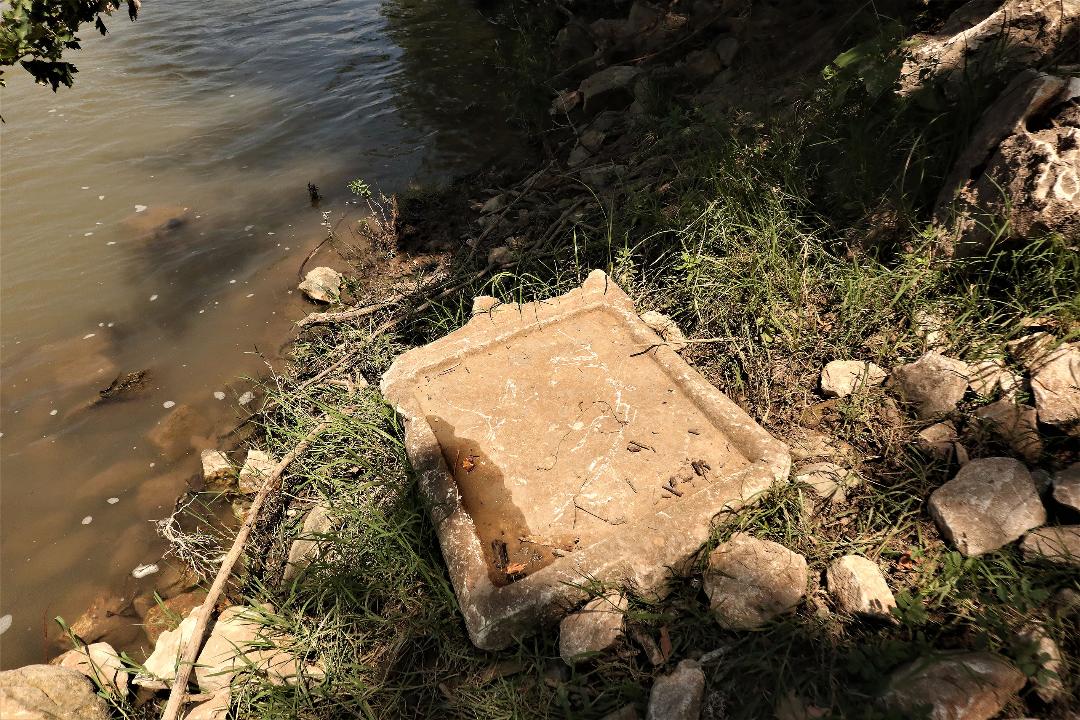

The worship of the gods in ancient Atrax
Zeus
There are several archaeological data that testify to the worship of Zeus in the city of Atragas. Several columns dedicated to Zeus have been found and one of them may have been in the temple of Zeus Thaulius which is thought to have existed in the city. In one inscription (ALEXANDROS THRASYLOKHIOS II OMOLOUIOU) there is an invocation to Zeus Omoloios, which is also found in Boeotia apart from Thessaly. There is also a local Thessalian month with the same name (Omoloios). On the stele that was in the temple of Zeus Thauli, there is an invocation to the god with this very pre-nominal. En(n)odia was probably also worshiped in this temple, something that also happened in the great sanctuary of the goddess in Feres. The inscription DII TRITODIO (inscribed on a votive column) also reveals his close relationship with En(n)odia. As Tritodios, he acquires the qualities of the enodes of Artemis and Hecate, deities that are often identified with the Feraean En(n)odia. However, the specific cult epithet of Zeus is unknown and is found for the first time in Atragus.
Athens
According to the archaeological findings so far, the cult of Athena appears in Atragas in the 5th century. e.g. In two inscriptions the goddess is worshiped under the names “Poliada” and “Agoraia”. The name Agoraia may be related to the place where these inscriptions were found. In particular, it is likely that this is the ancient market of the city. So in this case she is worshiped as the goddess of political gatherings. Also found was the torso of a marble statue that shows characteristics similar to those of Athena Parthenos of Pheidias, as handed down by Varvakeio Athena. This perhaps reveals a possible influence of the Attic workshops on the Thessalian counterparts. However, it may also be a direct import of the statue from the area of Attica.
Apollo
In the city of Atragas, the worship of Apollo, which was especially beloved in Thessaly, is witnessed. In addition to the coins on which the god is depicted, votive columns dedicated to Apollo have also been found. On one of them there is the inscription APOLLONI AGREI (this is a votive stele dating from the end of the 3rd or beginning of the 2nd century BC). This nickname is found mainly in the Thessalian area and refers to the related myth according to which Apollo was forced by Zeus to guard the herds of the king of the Bears, Admetus, from the wild animals, which he drove away with his arrows. At Atragas, the first name “Etdomaios” (or Efdemaios) is also found (a pediment votive column with the inscription APLONI ETDOMAIO, this also dates from the end of the 3rd-beginning of the 4th century BC. Aploni is a local Thessalian dialect instead of Apolloni). He was probably worshiped as the patron of the 7th day of each month because he, like his twin sister Artemis, was born on the 7th of the month. He was also worshiped by the common and well-known nickname of Lyceus.
Artemis
Several inscriptions with invocations or dedications to Artemis survive from the area of Atragas. Most do not mention any name of the goddess. However, in two inscriptions it is written as Artemis Throsia. We also meet her as Stratia or Soteira. The name Throsia is related to the worship of Artemis as the goddess of moonlight, which was believed to positively influence reproduction. So probably Artemis Throsia was a protector of pregnant women and maybe it is a Thessalian cult epithet.
Dimitra and Kori
The worship of deities related to agricultural production and vegetation in general was very common in the Thessalian area. In the city of Atragas in particular, an inscribed votive stele was found that confirms the worship of Demeter and Kori, deities associated with the fertility of the earth. However, noteworthy is the existence of a plaque with the inscription LEFKATHEA HERMEIA ANTIGONOU dedicated to Lefkathea (or Lefkothea), a preeminent marine deity and one of the attendants of Poseidon. Probably in the Thessalian area this deity lost her marine qualities and became identified with Demeter.
Poseidon
The worship of Poseidon with his earlier chthonic features and not as god of the sea was quite widespread in the Thessalian area. At Atragas there was a temple dedicated to Poseidon, which is probably located in the part of the ancient city destroyed by Pineus. His cult was the main one in the city. Several votive columns dedicated to this god were found. Because he was particularly strict, he was used to be invoked in the liberation of slaves, as evidenced by relevant inscriptions. On the coins of Atragas, the depiction of a bull, the god’s sacred animal, is often observed. The bull is also associated with various religious ceremonies held in honor of the god.
Other gods
The worship of Ares is witnessed in Atragas by a plaque on which the god is inscribed with the epithet “chalkeologhos”. This epithet is often found for Ares and is characteristic of his status as the god of war.
A funerary stele from the beginning of the 3rd c. e.g. is dedicated to the Chthonian Hermes. This epithet of Hermes is quite widespread in Thessaly and is usually found on Hermaic stelae, as is the case here. On an inscribed base of the 3rd c. e.g. Mercury is listed as “Eriunius”. According to one version “eriunium” means multi-beneficial, while according to another opinion it means radiant.
Apart from Athena, Themis was also worshiped at Atragas, as a marble inscribed stele from the 5th century informs us. BC. This stele was found near that of Athena Agoraia in the market of Atragas. Themis, however, was the preeminent goddess of political meetings and decisions and was therefore worshiped in the market place of the city.
In Atragas, the worship of the Mother of the gods is also witnessed. Specifically, a votive column dedicated to the Mother of the Gods (MITRI THEON) was found in this city as well as part of a marble relief with a representation of the goddess. The presence of this specific worship in Atragas and in general in the Thessalian area is perhaps related to the connection of the goddess with nature.
Noteworthy is the presence of the cult of Hercules in Atragas, which is confirmed by a votive stele found there. This column was dedicated to the hero by the public of Heraklides. The term “public of the Herakles” refers to the concept of the origin of these people from Herakles. Another inscribed votive column dedicated to Herakles by a citizen of this city is also preserved. His cult was quite important there and it is even suspected by the researchers that there was also a temple dedicated to this particular hero.
